Have you ever wondered if a breakfast that feels incredibly indulgent—puffy, golden, and melt-in-your-mouth delicious—could actually fit into a healthy, low-carb lifestyle? Most of us associate spectacular breakfast dishes with a sugar crash waiting to happen. But what if I told you that you could have it all? This Low Carb German Pancake recipe is here to shatter that myth. It delivers all the dramatic puff and custardy texture of a traditional Dutch Baby, but without the high carb count. It’s ridiculously easy to make (your blender does most of the work!) and is guaranteed to impress anyone at the breakfast table. Forget slaving over a stove flipping individual pancakes; this one-pan wonder is the perfect solution for a lazy weekend morning or a special brunch.
Ingredients
Here’s everything you’ll need to create this show-stopping breakfast. The ingredients are simple, wholesome, and work together to create a perfectly balanced flavor and texture.
| Ingredient | Amount/Quantity |
| Butter | 4 Tbsp (1/2 stick or ¼ cup) |
| Large Eggs | 6 |
| Xylitol or Erythritol | ½ cup |
| Pure Vanilla Extract | 2 tsp |
| Oat Flour | 1½ cups* |
| Salt | 1 tsp |
| Unsweetened Almond Milk | 1½ cups |
| Heavy Cream or Half & Half | ½ cup |
| Ground Nutmeg | ¼ tsp (optional) |
Export to Sheets
**See the FAQs for a quick tip on making your own oat flour!
Timing
This recipe is surprisingly quick, making it a fantastic option for a weekend breakfast that feels special without taking up your whole morning.
- Preparation Time: 5-10 minutes
- Cooking Time: 30 minutes
- Total Time: About 40 minutes (less time than it takes to get a family out the door!)
Step-by-Step Instructions
Follow these simple steps to bake the perfect puffy pancake.
Step 1: Preheat Your Oven and Pan
First things first, preheat your oven to 375°F (190°C). Place a 9×13 inch casserole dish inside the oven as it heats up. Once the oven is hot, carefully add the 4 tablespoons of butter to the dish and let it melt completely. This step is crucial—a sizzling hot, buttery pan is the secret to getting that signature puff!
Step 2: Blend the Batter
While your pan is heating, it’s time to whip up the batter. In a blender or a large bowl, combine the eggs, xylitol/erythritol, vanilla, oat flour, salt, almond milk, cream, and optional nutmeg. Blend everything together until the batter is smooth and well-combined. Tip: Using a blender is the fastest way to get a perfectly smooth, lump-free batter, which helps create a light and airy texture.
Step 3: Pour and Swirl
Carefully remove the hot dish from the oven. The butter should be melted and sizzling. Immediately pour the batter directly into the center of the hot dish. Give the pan a gentle swirl to briefly mix the batter with the melted butter. Don’t overmix; you just want to create little buttery pockets.
Step 4: Bake to Golden Perfection
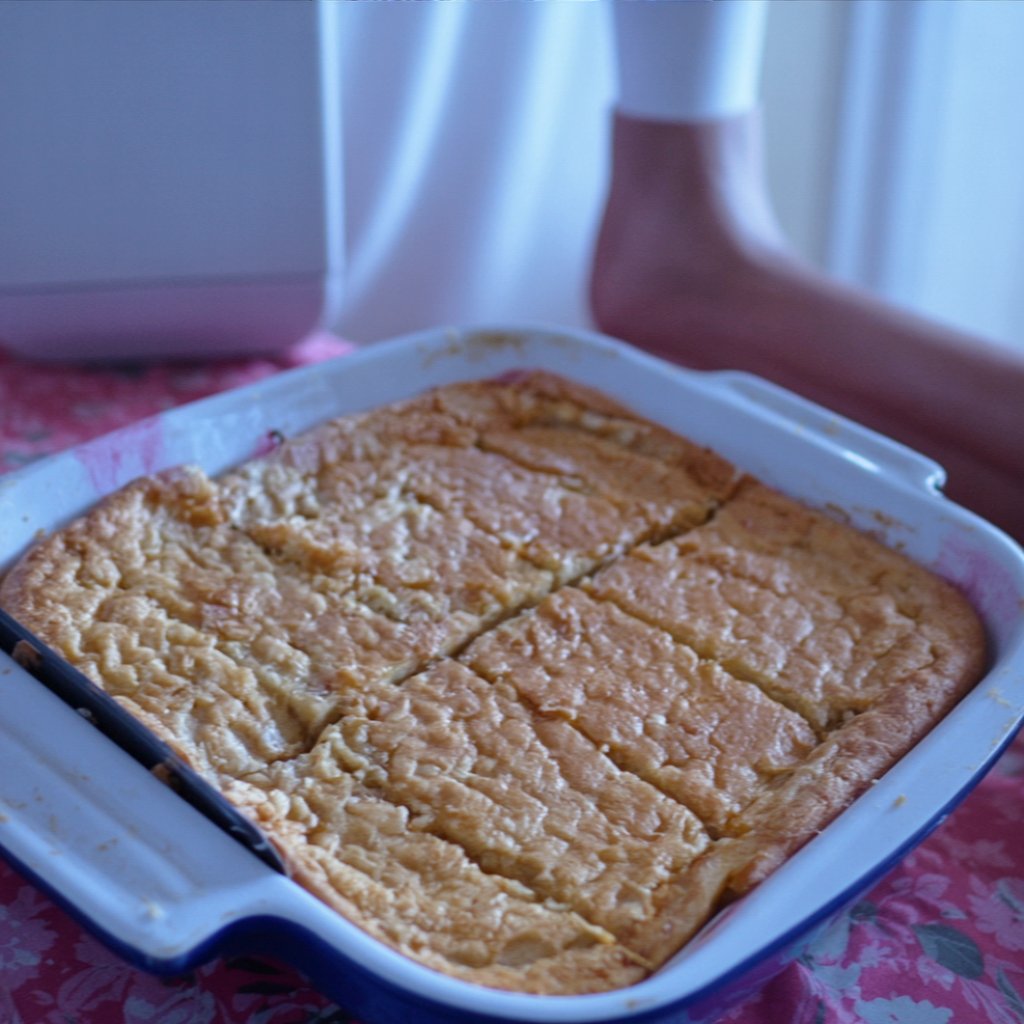
Place the dish back into the oven and bake for 30 minutes. Resist the urge to open the oven door while it’s baking, as this can cause your beautiful pancake to deflate! You’ll know it’s done when it’s dramatically puffed up around the edges and beautifully golden brown.
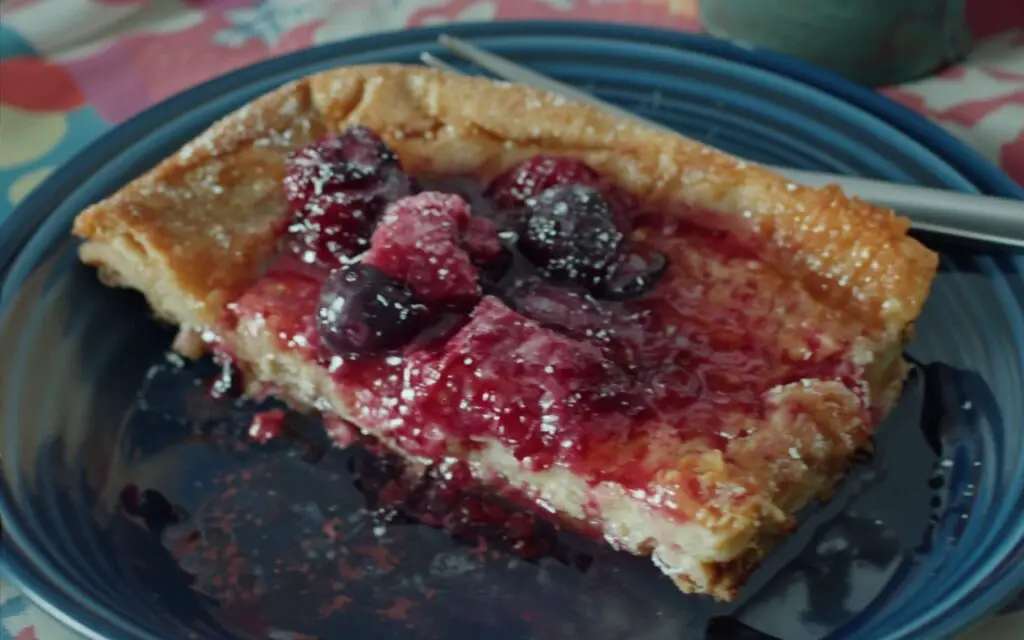
Nutritional Information
This recipe is designed to be as delicious as it is nutritious. Here is an approximate nutritional breakdown per serving, based on the recipe being cut into 10 servings.
- Fat: 10g
- Net Carbohydrates: 7g
- Protein: (Varies based on ingredients, but approximately 8-10g)
The use of oat flour provides a good source of fiber, and using a sugar substitute like erythritol or xylitol keeps the sugar content virtually at zero. It’s a satisfying breakfast that will keep you full and energized without spiking your blood sugar.
Healthier Alternatives
While this recipe is already quite healthy, you can easily adapt it to fit different dietary needs or preferences.
- For an Even Lower Carb Count: The recipe notes suggest a great swap! You can replace ½ cup of the oat flour with ½ cup of oat fiber. This will significantly lower the net carbs while maintaining a good structure.
- Dairy-Free Option: To make this recipe dairy-free, simply use a dairy-free butter substitute (like one made from avocado or coconut oil) and swap the heavy cream for full-fat coconut cream. The results are just as creamy and delicious.
- Sweetener Swap: If you don’t have xylitol or erythritol, a monk fruit blend would also work perfectly as a 1:1 substitute.
Serving Suggestions
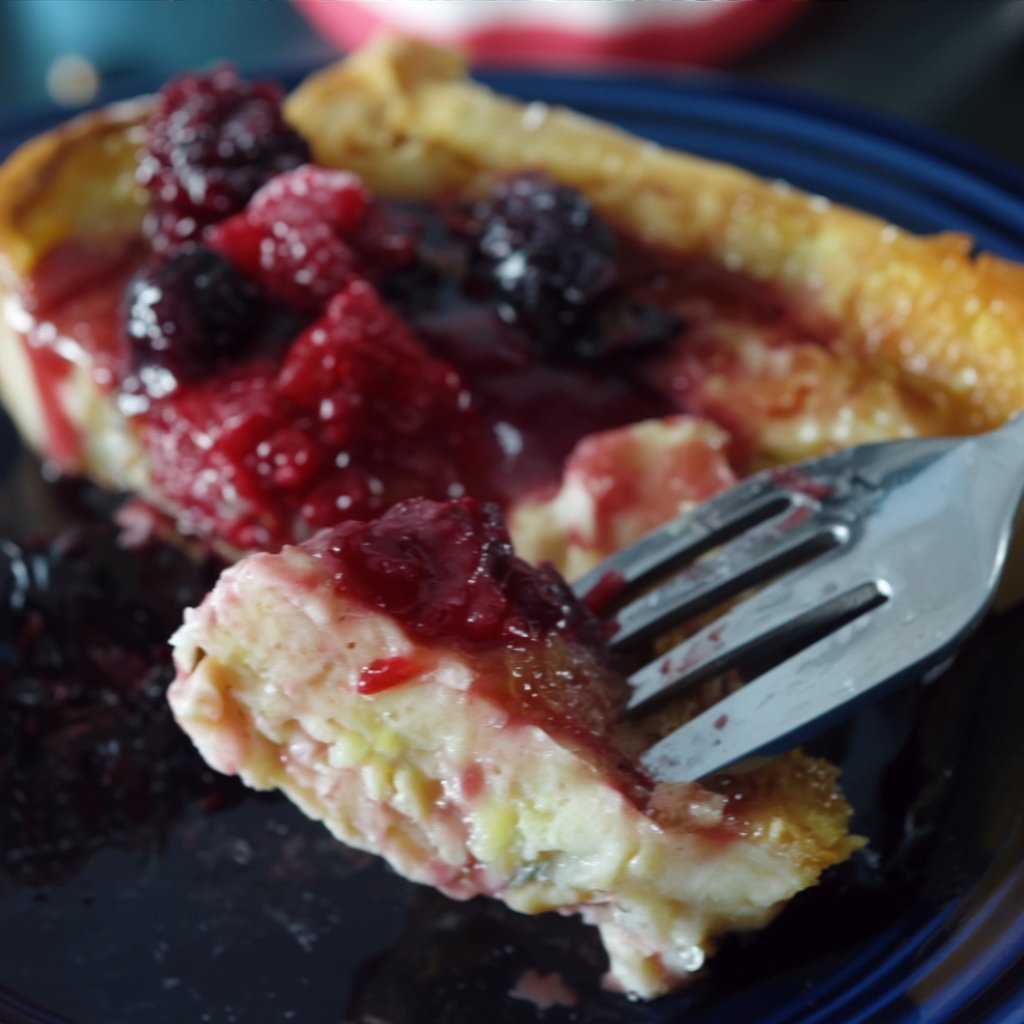
The best part about this Low Carb German Pancake is dressing it up! It has a wonderfully rich, eggy, and slightly sweet flavor that pairs well with so many toppings.
- Classic & Simple: Serve warm slices dusted with powdered erythritol and drizzled with a high-quality sugar-free maple or berry syrup.
- Fresh & Fruity: Top with a handful of fresh, low-carb berries like raspberries, blueberries, or sliced strawberries.
- Creamy & Decadent: Add a dollop of sugar-free whipped cream or a spoonful of full-fat Greek yogurt for a tangy contrast.
- Warm & Spicy: A sprinkle of cinnamon right after it comes out of the oven adds a wonderful, cozy aroma.
This pancake is perfect for a shared family breakfast. Just place the whole dish on the table and let everyone dig in!
Common Mistakes to Avoid
This recipe is pretty foolproof, but here are a few things to watch out for to ensure perfect results every time.
- Using a Cold Pan: Pouring the batter into a cold or lukewarm pan is the #1 reason a German pancake fails to puff. Solution: Make sure your pan and the butter are sizzling hot before you add the batter.
- Opening the Oven Door: Peeking while it bakes can cause the steam to escape and your pancake to fall flat. Solution: Trust the process! Keep the oven door closed for the full 30 minutes.
- Using Cold Ingredients: Cold eggs and milk don’t incorporate as well, which can lead to a denser texture. Solution: For the best results, let your eggs and milk sit on the counter for about 20-30 minutes to reach room temperature before blending.
Storing Tips
Got leftovers? No problem! This pancake stores and reheats surprisingly well.
- To Store: Allow the pancake to cool completely, then place any leftovers in an airtight container in the refrigerator. It will stay fresh for up to 3 days.
- To Reheat: For the best texture, warm individual slices in the oven at 350°F (175°C) for 5-7 minutes until heated through. You can also use a microwave, but the texture will be softer.
Conclusion
This Low Carb German Pancake is proof that you don’t have to sacrifice flavor or fun when eating healthy. It’s a simple, elegant, and utterly delicious recipe that feels like a treat but is packed with wholesome ingredients. It’s perfect for impressing guests at brunch or just for treating yourself and your family to a special breakfast. The dramatic puff as it comes out of the oven is a moment of pure kitchen magic!
We hope you enjoy making and savoring this dish as much as we do. Try it out and let us know in the comments how it turned out for you! We’d love to hear your feedback. Don’t forget to rate the recipe and subscribe to our blog for more delicious, healthy recipes delivered straight to your inbox.
FAQs
Q1. What is a German Pancake?
A German Pancake, also known as a Dutch Baby, is a type of baked pancake made with an egg-rich batter. It’s baked in a hot pan in the oven, which causes it to puff up dramatically around the sides, creating a light, airy texture with a custardy center.
Q2. Can I make my own oat flour?
Absolutely! It’s incredibly easy and often more budget-friendly. To make 1½ cups of oat flour, simply add 1½ cups of old-fashioned or rolled oats to a high-speed blender and blend on high until you have a fine, powdery flour.
Q3. Why didn’t my pancake puff up?
The most common reason is that the pan wasn’t hot enough when you poured in the batter. The initial blast of heat is what creates the steam that makes it puff. Ensure your oven, pan, and melted butter are all very hot before adding the batter.
Q4. Can I use a different type of milk?
Yes, you can. While unsweetened almond milk is a great low-carb option, you could also use other nut milks like cashew or macadamia milk. Regular dairy milk will also work, but be aware that it will increase the carb and sugar content of the recipe.
Q5. Can I make this in a different pan?
Definitely. A 10 or 12-inch cast-iron skillet is a fantastic alternative and will give you a beautiful, rustic-looking round pancake. You could also use a round cake pan. Just be sure to preheat it properly and keep an eye on the baking time, as it may vary slightly.
Print
Easy Low Carb German Pancake (Fluffy & Delicious!)
- Total Time: 40 minutes
- Yield: 10 servings 1x
Description
Whip up a puffy, golden German pancake with a low-sugar twist! This easy blender batter bakes up tall and tender with buttery edges, warm vanilla, and a hint of nutmeg. Perfect for weekend brunch or a cozy breakfast that feels special—without the fuss.
Ingredients
- Butter — 4 Tbsp (1/2 stick or 1/4 cup)
- Large eggs — 6
- Xylitol or erythritol — 1/2 cup
- Pure vanilla extract — 2 tsp
- Oat flour — 1 1/2 cups*
- Salt — 1 tsp
- Unsweetened almond milk — 1 1/2 cups
- Heavy cream or half & half — 1/2 cup
- Ground nutmeg (optional) — 1/4 tsp
*Quick tip: Make oat flour by blitzing rolled oats in a blender until very fine.
Instructions
- Preheat & heat pan: Preheat oven to 375°F (190°C). Place a 9×13-inch casserole dish in the oven as it heats. When hot, add 4 Tbsp butter to the dish and let it melt completely.
- Blend batter: In a blender (or large bowl), combine eggs, sweetener, vanilla, oat flour, salt, almond milk, cream (or half & half), and optional nutmeg. Blend until perfectly smooth.
- Pour & swirl: Carefully remove the hot pan. Pour batter into the center; gently tilt the pan to let the melted butter create light swirls/pockets. Do not overmix.
- Bake: Return to oven and bake 30 minutes, without opening the door. The pancake is done when puffed around the edges and deep golden.
- Serve: Slice and serve immediately with sugar-free syrup, fresh berries, whipped cream, or yogurt.
Notes
- Pan heat = big puff: A sizzling-hot, well-buttered dish is key to dramatic rise.
- Sweetener swap: Use your preferred 1:1 granulated erythritol/xylitol blend. Adjust to taste.
- Make your own oat flour: Blend rolled oats to a super-fine flour; measure after grinding for accuracy.
- Texture control: For a richer custard center, reduce almond milk by ¼ cup.
- Serve ideas: Top with lemon zest, sugar-free powdered sweetener, or cinnamon.
- Storage: Refrigerate leftovers in an airtight container up to 3 days. Reheat at 325°F (165°C) for 8–10 minutes.
- Prep Time: 10 minutes
- Cook Time: 30 minutes
- Category: Breakfast
- Method: Baked
- Cuisine: German-American
Nutrition
- Serving Size: 1/10 of recipe
- Fat: 10 g
- Carbohydrates: 7 g (net)
- Protein: 9 g


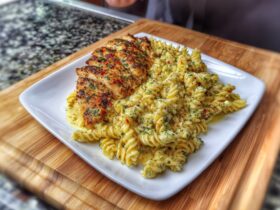
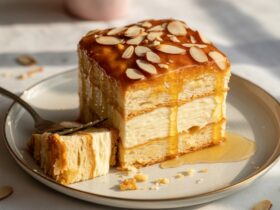
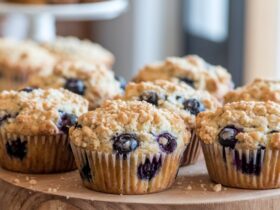
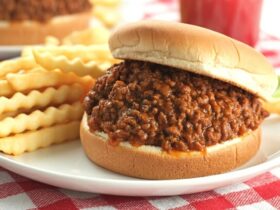
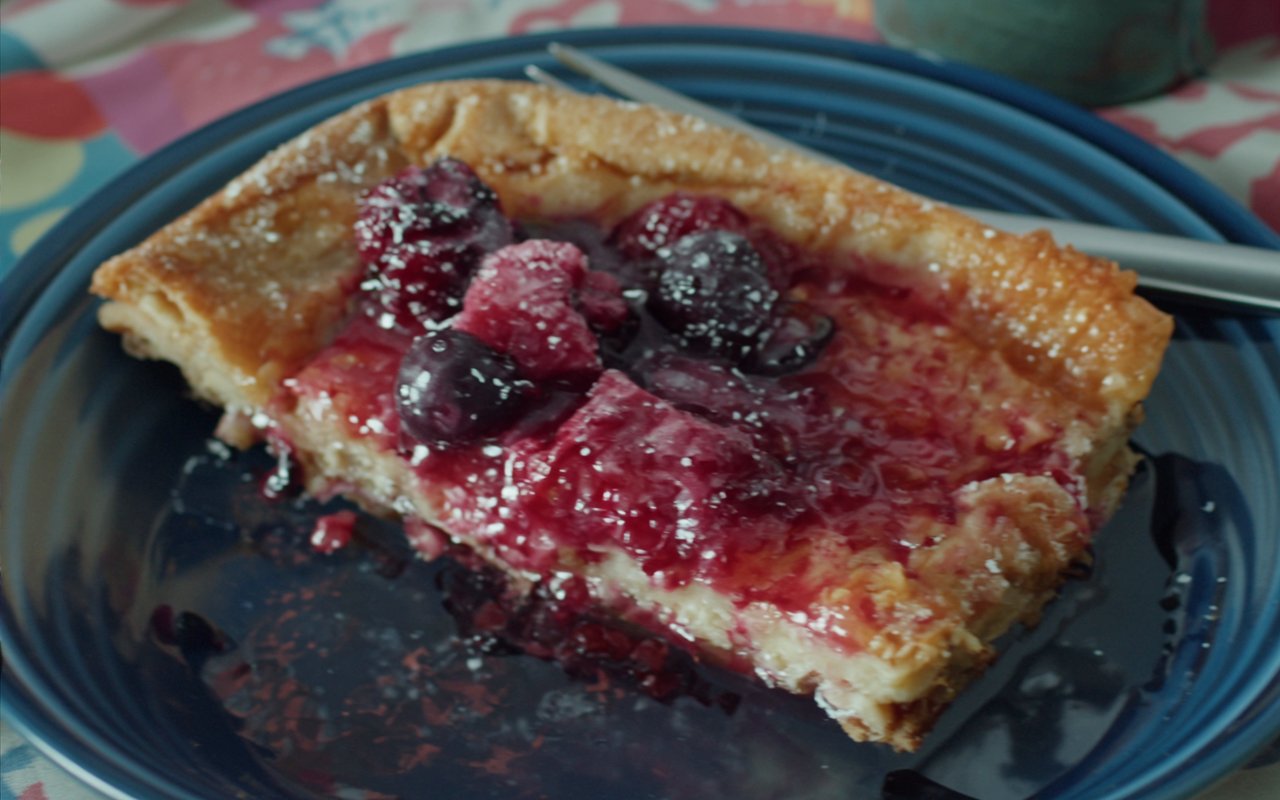
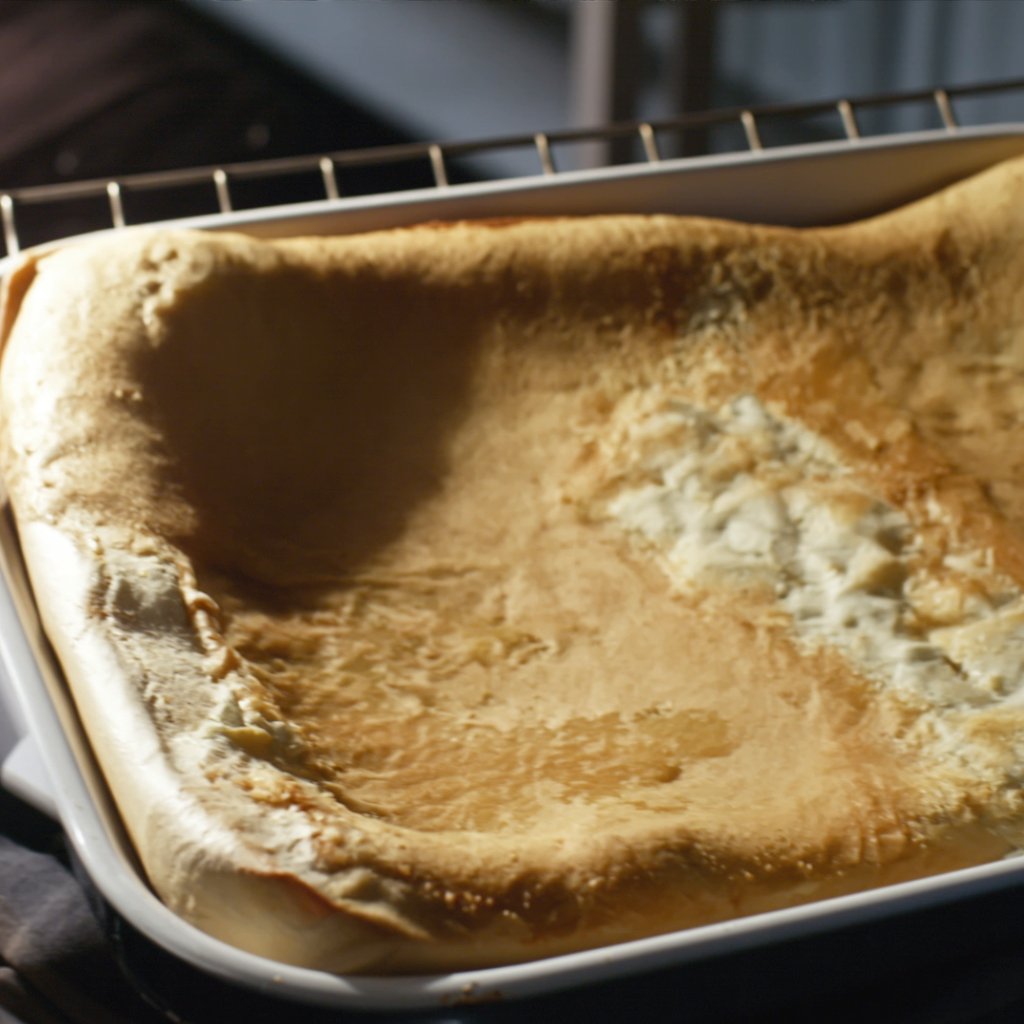
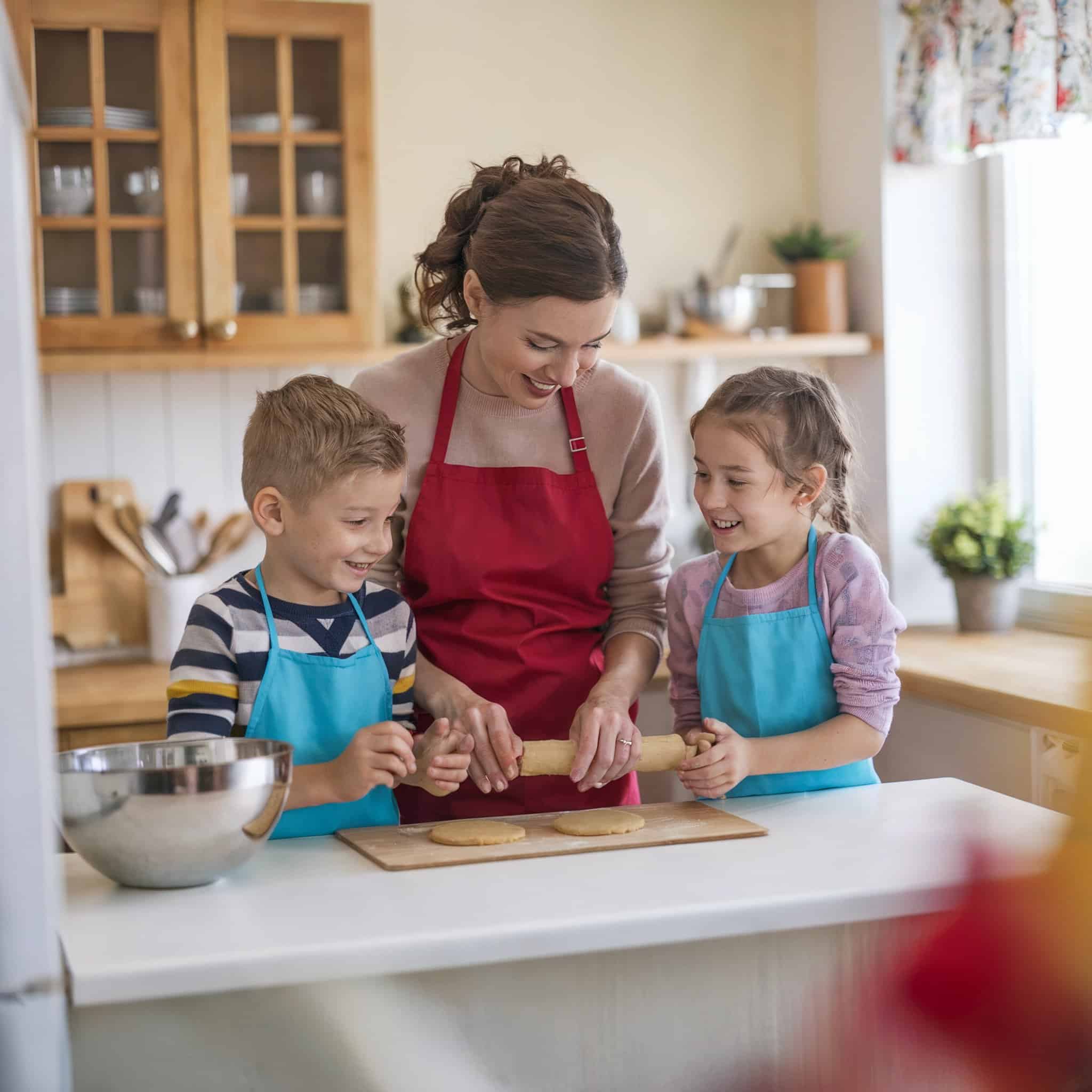
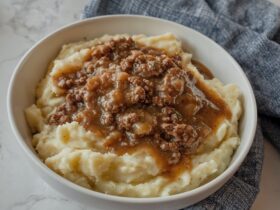
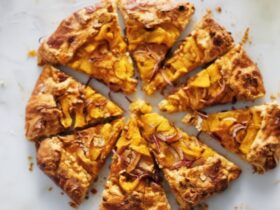
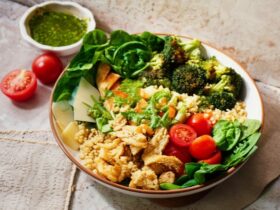
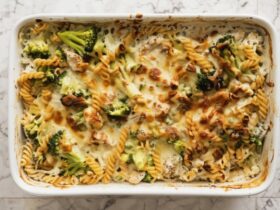
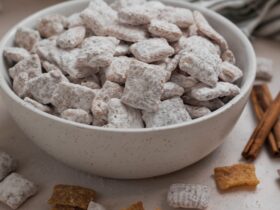
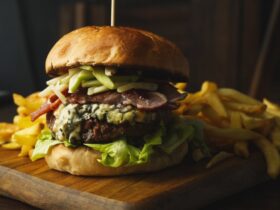
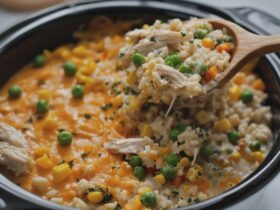
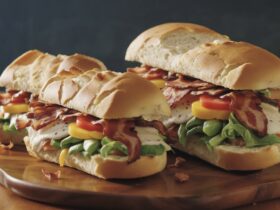

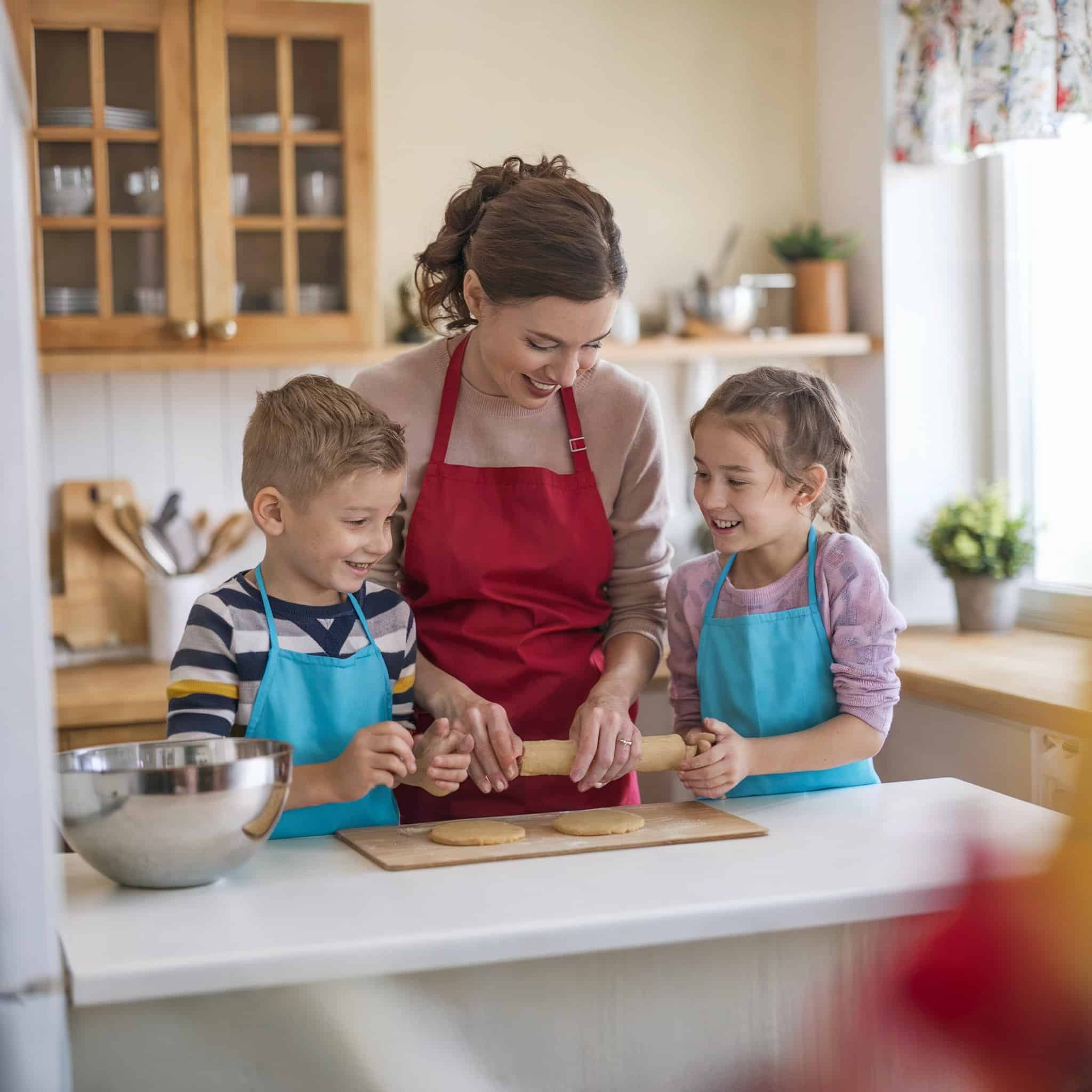
Leave a Reply